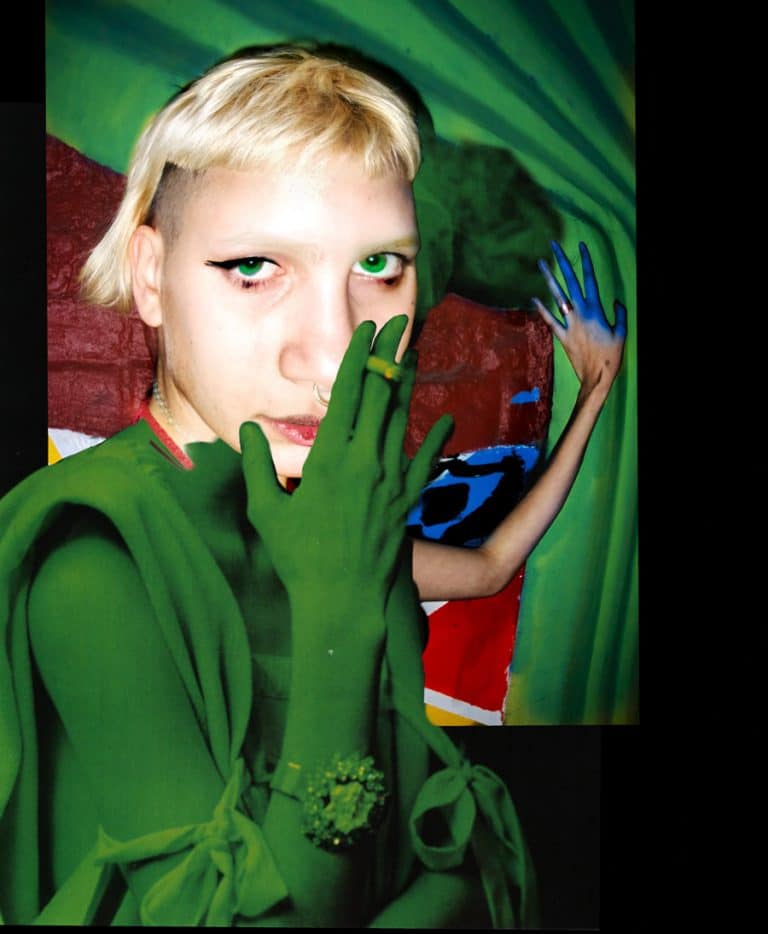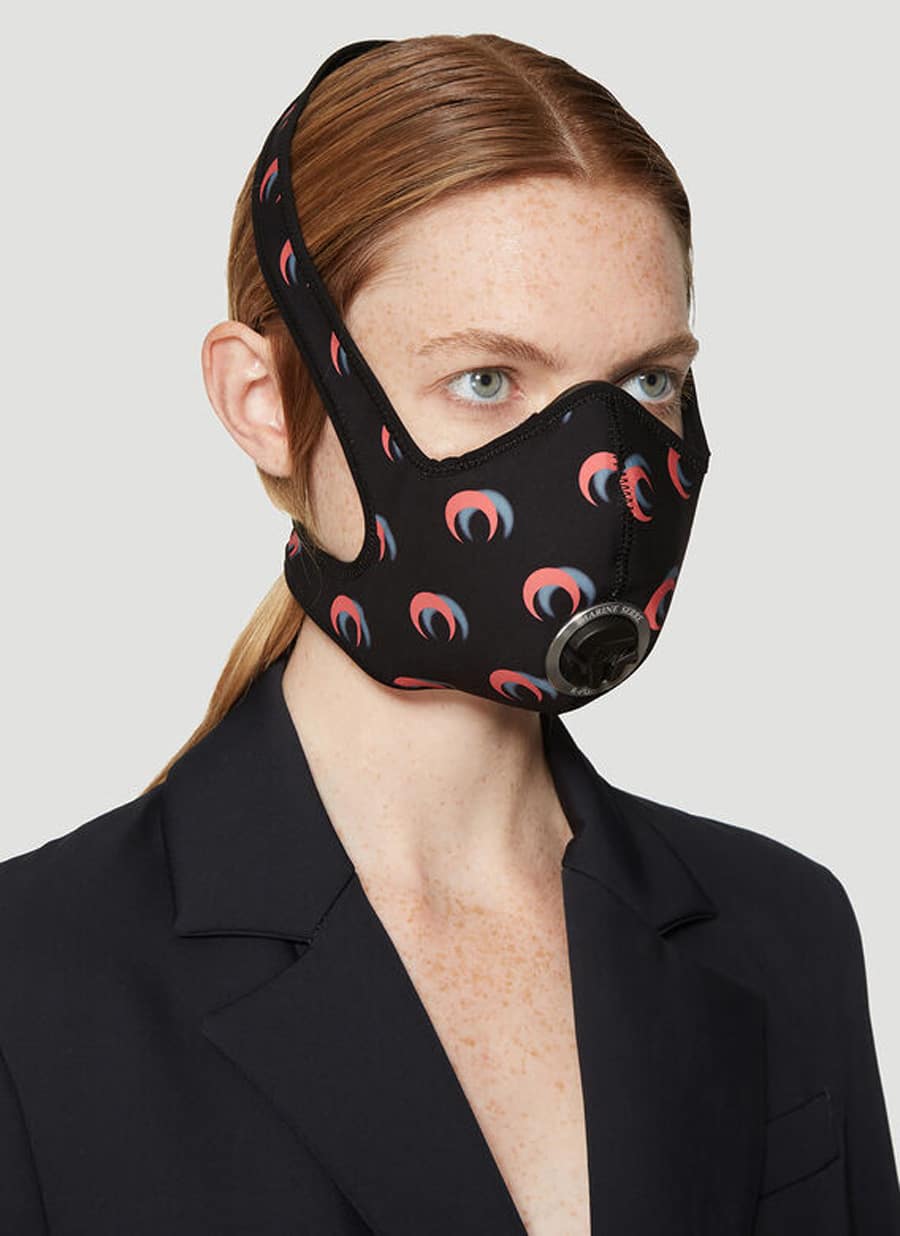
Opinion
Marine Serre to Balenciaga’s apocalypse fashion and face masks in the age of COVID-19
By Jessie Stainton
Opinion
Marine Serre to Balenciaga’s apocalypse fashion and face masks in the age of COVID-19
By Jessie Stainton
Published Mar 19, 2020 at 12:29 PM
Reading time: 2 minutes
Fashion
Mar 19, 2020
It’s impossible to scroll through anything right now without being bombarded by the hashtag #coronapocalypse. The elite may run to the Hamptons clad in the latest designer masks, but none of us can escape the collective uncertainty that COVID-19 has brought.
Along with wholesale face masks, designer masks selling out is just the latest example of how the fashion industry glamourises crises. Even before the coronavirus outbreak, there was an apocalyptic tone rippling through the fashion world. Artists can’t be blamed for getting inspired by the world around us, and therefore inspiring it in return. However, when it comes to the biggest clothing brands, is the aestheticization of global chaos a thinly veiled complicity?
Surgical masks have been popping up on major runways since 2015 but in the age of a pandemic they hold a different weight. Since there is currently a global shortage of masks for health professionals, isn’t selling a stylised version for much more of the initial cost kind of insulting? Indulging in such hits a nerve for me, given that thousands of people are struggling to make ends meet with new isolation restrictions.
Masks aside, dystopian undertones are not new to the fashion industry and seem to be once more on the rise this season. Marine Serre has displayed post-apocalyptic sceneries and themes since her 2019 show where the Paris-based designer’s signature crescent moon was embossed on a black anti-pollution mask.

To accompany the doomsday gear, the brand collaborated with 3D artists Rick Farin and Claire Cochran of Actual Objects to bring forth creepily clairvoyant social commentary. The recent SS20 campaign video titled Marée Noire, which means ‘oil spill’ in French, features AI models in a 4-part story juxtaposing industrialisation and the effect it has on our environment in a dystopian realm. The artistry of this short film, like the clothing, is beautiful, however, I cannot help but question the purpose of aestheticising the dystopia beyond branding. I feel a frustrating ambivalence when watching an upcycled Marin Serre t-shirt retail for $508, making me wonder if these dystopian dreamworlds operate in their own economic realm.
Although Marine Serre is no longer affiliated with Balenciaga, the two brands shared very similar visions this season. Also released in February, the house’s Summer 2020 campaign video made waves for its uncanny social commentary and recurring questions such as: “Where is all the water going?” On brand with a politically-charged Spring 2020 RTW collection, the four minute faux newscast has irked me for similar reasons to the Marine Serre campaign.
The apocalyptic chic video addresses a variety of uneasy social issues from climate change and motor over-population to electoral politics. The dubbed mouths of the designer-clad news reporters suggest corporate control of the media. Most people have described the concept and the video as ‘cool’ but despite my enjoyment, the performance of social awareness does not translate into action. While yes, Balenciaga is holding a mirror up to the weirdness of the current social climate, this mirror allows the gaze to be diverted from the ones that are profiting.
People shouldn’t have to stop weaving sociopolitical issues into their work because the basis of culture revolves around seeking to understand through an aesthetic sense. Yet, I think there is a level of appropriation that must be extended to hold industries and high-power individuals accountable. I am tired of seeing powerful people produce watered-down trauma-porn that does not translate into direct activism. This boils down to my distaste for the neo-liberal tactic of putting the responsibility on the consumer.
Given that the fashion industry is the third largest user of water globally, Balenciaga should have some idea of where all the water used in its impressive last runway is going. As individuals, the best that we can do is consciously consume and try to hold businesses accountable. And maybe, if you’re thinking about buying a 3-figure mask, consider who that money could help instead.




